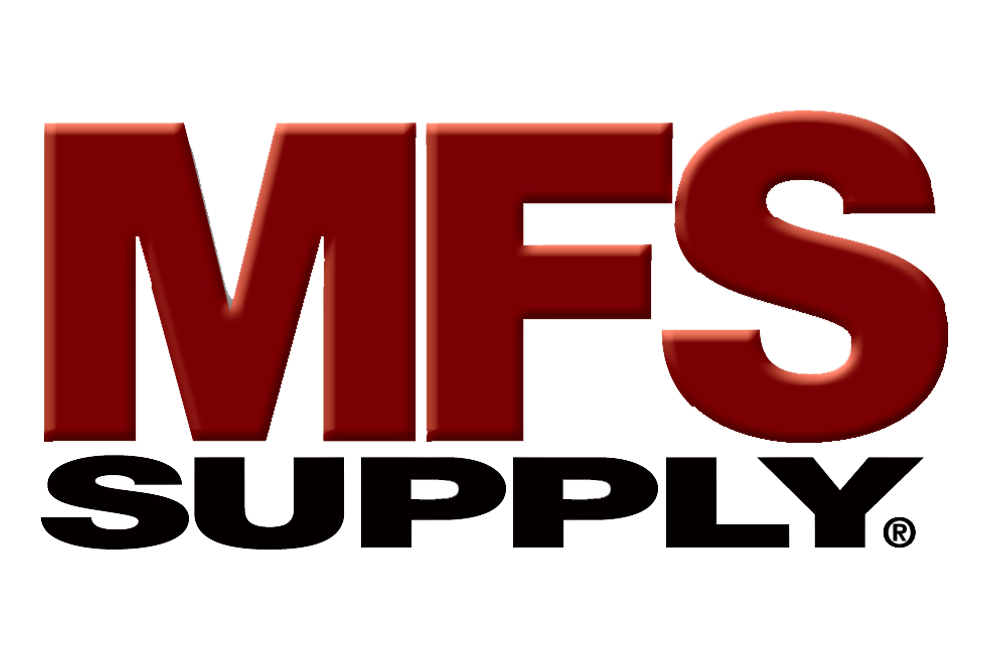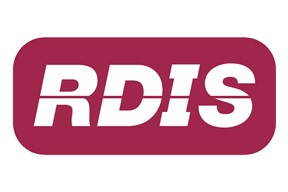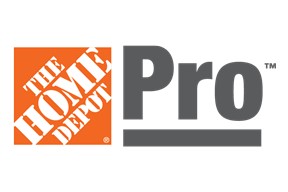With more than 500 million square feet of real estate, federally-owned property creates opportuniy, security, and challenge.
Managing a federally owned real property portfolio efficiently is crucial for real property managers, given the significant challenges and opportunities in this area. The federal government owns and internally manages more than 500 million square feet of office space, investing billions of dollars annually in maintenance and operations. This internal management structure requires strict compliance with federal regulations, robust data governance, and long-term data security practices.
If you’re interested in the unique opportunities involved in managing federal buildings, here’s what you need to know about property management compliance to seamlessly navigate this complex and rewarding field.
Why Compliance Is Critical
Effective management of federal real property portfolios relies heavily on compliance with regulatory standards, meticulous data management, and thorough data security. Specific, data-driven insights allow property managers to make strategic decisions that enhance the use of space and overall building performance.
Compliance goes beyond simply meeting regulatory requirements, however. It serves as the foundation for operational efficiency, risk management, and securing funding. Four key components drive successful federal property management: regulatory compliance, data longevity, data security, and funding strategies.
Regulatory Compliance. Federal real property managers must adhere to myriad regulations, including environmental laws, safety standards, and accessibility requirements. Noncompliance can lead to significant legal and financial repercussions. For instance, the Federal Real Property Council (FRPC) mandates that agencies report on the condition and utilization of their properties, necessitating accurate and up-to-date records.
Data Longevity. Maintaining accurate and comprehensive records over time is essential for strategic planning and operational efficiency. Long-term data storage and management allow for better decision-making, historical analysis, and forecasting. According to the National Archives and Records Administration (NARA), proper records management can lead to improved efficiency and cost savings.
Data Security. Protecting sensitive data is more critical than ever in the digital age. Compliance with cybersecurity regulations ensures that real property portfolios are safeguarded against data breaches and unauthorized system access. Multifactor authentication and third-party audits are also effective measures to enhance data security. These practices protect against potential threats and build trust with stakeholders.
Securing Funding. Compliance and data longevity are crucial for federal real property management funding. Accurate, long-term data on property use, maintenance costs, and compliance status provides strong evidence to support budget requests, demonstrating the need for and potential return on investment. Well-maintained records also strengthen grant applications for property-related projects, increasing the chances of securing additional funding.
Property managers can showcase cost savings achieved through proactive management by tracking compliance and maintenance data, justifying continued or increased funding. Additionally, comprehensive compliance records help identify potential risks and liabilities, which can be used to secure funding for risk mitigation efforts, protecting the organization from costly legal issues or safety hazards.
Ensuring Sustainable Practices
Implementing sustainable data practices is essential for effective long-term strategic planning in federal property portfolio management. With the federal government internally managing its vast real property inventory, maintaining consistent and accurate data is critical for informed decision-making and operational efficiency.
Clear communication of data is a key part of this process. In a Forbes article on navigating budget complexity, Michael Nichols explains, “By formulating data that supports metrics understandable to the entire organization, we bridge these communication issues. We simplify investment property rules and regulations, making them digestible for everyone involved.” His comments highlight the importance of presenting data in a clear, accessible way to align stakeholders and support sustainable management practices.
To build a resilient, future-ready real property portfolio, organizations should also focus on the following key strategies:
Adopt Centralized Data Systems. Adopting centralized systems to aggregate data from various departments is essential for maintaining consistency and accuracy, which are crucial for long-term strategic planning. Digital transformation plays a pivotal role here. By consolidating disparate data into a unified repository, organizations can enhance decision-making capabilities.
For example, a centralized system enables real-time access to comprehensive data sets, facilitating informed decision-making across departments. This approach streamlines operations and ensures that all stakeholders are on the same page, thereby improving overall efficiency and strategic alignment.
Perform Consistent Data Collection. Using mobile tools and standardized data collection methods ensures that data is collected consistently and accurately, which is vital for reliable analysis and decision-making. Mobile applications linked to centralized systems allow for efficient on-site data collection, ensuring that data is validated and consistent.
This consistency also prevents discrepancies and errors that often arise from manual data entry, thereby supporting data integrity over the long term. Consistent data collection practices are foundational for building a comprehensive database that supports strategic planning and operational excellence.
Regularly Update and Monitor Data. Regularly updating systems fortifies them with the latest security patches, effectively closing vulnerabilities before they can be exploited. Continuous monitoring allows for real-time detection and response to potential threats, minimizing the risk of breaches. Implementing multifactor authentication adds an extra layer of protection by requiring multiple forms of verification, making unauthorized access significantly more difficult.
Additionally, conducting annual third-party audits provides an unbiased evaluation of your security posture, identifying weaknesses and ensuring compliance with industry standards. This multifaceted approach is vital for protecting sensitive data in an increasingly complex digital landscape.
Invest in Training and Stakeholder Approval. Ensuring that users are well-trained and that all stakeholders are on board is critical for maintaining sustainable data practices. Continuous training helps users understand the importance of accurate data governance and management standards.
Gaining buy-in from stakeholders can be challenging, but it is essential for successful implementation. Strategies such as iterative rollouts and demonstrating early wins can help build support and enthusiasm for new systems. Identifying and relying on internal champions who advocate for the system can also significantly enhance adoption and compliance, ensuring that data practices remain sustainable.
Prioritize Predictive Maintenance and Lifecycle Management. Applying industry cost data to assets supports predictive maintenance and life cycle management, which are the keys to long-term strategic planning. Understanding asset life cycle and maintenance needs enables organizations to plan effectively for future requirements.
Arno Bischoff explains in a Sept. 4, 2024 Facilities Management Advisor article: “Making preventative maintenance a priority reduces the chances of disruptions. Regular maintenance checks, which should be established based on industry best practices or manufacturers’ recommendations and should be tracked and summarized in monthly reports, play a significant role in this practice.” For federal property managers, this means that preventive data security measures are as essential as physical maintenance strategies for ensuring uninterrupted operations.
Predictive maintenance strategies also help forecast potential issues and schedule timely interventions, thereby reducing unexpected costs and downtime. By leveraging digital tools for asset management, organizations can ensure their data practices support long-term sustainability and strategic goals.
Embracing Compliance and Sustainability
Regulatory adherence forms the bedrock of effective federal property portfolio management. By prioritizing real property management compliance, industry professionals can effectively build a resilient, future-ready portfolio. This commitment to data governance and management standards helps mitigate risks and ensures the long-term success and sustainability of federal real property assets.
As the industry continues to evolve, these foundational elements will remain critical in navigating the complexities of property management and achieving strategic goals.
























0 Comments